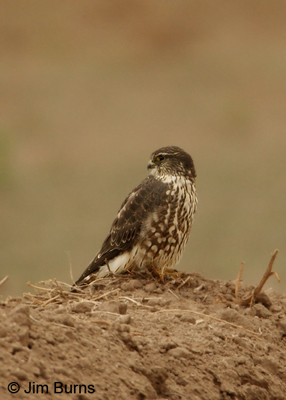I May Be a Luddite, but I’m Not Using Sorcery

As a long suffering bird photographer who knows shooting birds with a camera can be way more daunting than the way Audubon shot them, it still never even crossed my mind to look into Birdsnap. Anyway, for identification purposes, many experts downplay the diagnostic value of even the bird best photographs due to the vagaries of exposure and the artifacts of light. And, for whatever reason, Birdsnap never really caught on.
That same year, however, another app touting “aural recognition and wizardry” was introduced and that one, dubbed Merlin, really took off and seems to be flying high now. These days it seems whenever I encounter other birders there’s a good chance they’re either using Merlin or there’s a clot of them standing around exchanging Merlin “war stories” about how badly the app has led them astray.
Since it’s a well known fact I’m not a good “ear birder,” you’d think I’d have been all in on Merlin. But no, as a student of English literature I know the idea of “merlin” may imply marketing terms like “magic” or “wizardry,” but its pre-Arthurian etymological roots emanated from a far darker place—a madman, perhaps even the offspring of a virgin and a demon. Historically a merlin was a changeling or at least a sorcerer, not something I’d trust for bird identification.
Last month I birded an urban park with a large but secluded water feature best known for having attracted both Pine and Prothonotary Warblers in the last couple years. As I arrived I noticed another birder on one of the trails, binoculars around his neck, repeatedly consulting something in his hand. Sure, his cell phone, but he wasn’t having a conversation. He was birding with it! I made a bet with myself he was using Merlin.
As I walked over to him, he introduced himself and told me rather excitedly he had just seen six warbler species, the most recent a Palm Warbler. Trying not to sound skeptical, I said “Hmm, that’d be a good one for Arizona, even during fall migration!” His reply told me everything I needed to know. “At least Merlin says that’s what it was.” I politely tried to help him refind it for a few minutes before he wandered off and left me wondering what kind of birder Merlin is encouraging.
I stood in one spot for five minutes, glassing for movement in the thick foliage, while he continued up the trail, left hand holding the phone in front of him. I saw four of his warblers, all commonly expected in the West in September, but certainly no Palm Warbler. Then he came hurrying back, asking if I’d seen the woodpecker that was working the area. I had indeed and said, “Yeah, it’s a Ladder-back.” “Ah,” he responded, “Merlin said it was either that, a Downy, or an Arizona.” I tried to bring him down gently, explaining either of the last two would not be expected here, Downy because of habitat, Arizona because of geography.
Back at home, reading in a couple guide books, I saw the Ladder-backed’s call described as a “short pic,” Downy’s as a “sharp pik,” and Arizona’s as a “shrill peek.” As a wordsmith I can appreciate authors trying to verbalize these trifling distinctions in print, but parsing them aurally seems like a fool’s errand. Of course that’s probably why I’m not an ear birder. I can tell you, though, the app called Merlin is not on my Christmas list.